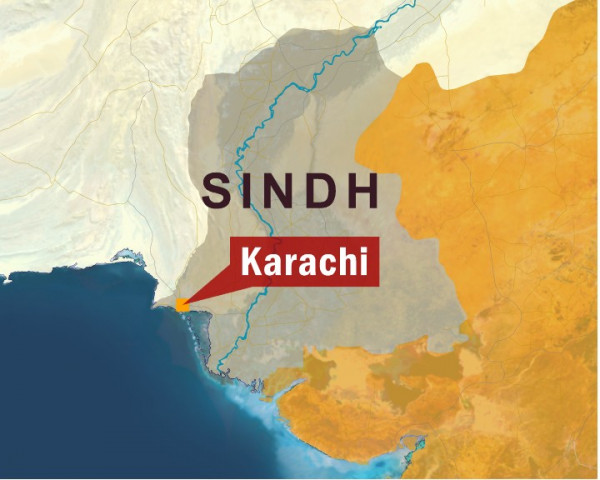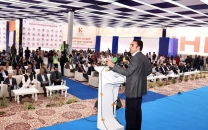WWF-P sets up five artificial wetlands
Two of the wetlands have been established in Nawabshah district and three in Sanghar.

Each covers an area of around 0.25 to 0.5 acres. The aim of the wetlands is to accumulate domestic wastewater from villages and towns in the vicinity.
Employing various techniques to purify wastewater, the WWF-P aims to use these wetlands for making polluted water useable for agriculture, aquaculture and other purposes. These purification processes include anaerobic reaction, nutrients uptake by wetlands vegetation such as Typha and Phragmitis sp and consumption of organic compounds by microbes in the filter beds. At the same time, these wetlands aim to demonstrate environmental conversation through improved sanitation and greening of wastelands around villages and towns.
Each wetland has been built to consume wastewater from 2,000-5,000 households in the area.
The initiative is the first of its kind taken by the WWF in Pakistan to demonstrate the concept of constructed wetlands. The projects are being implemented by local NGOs and CBOs with support of the ‘Indus for All’ programme of the WWF-P, while the ones located in district Sanghar are being overseen by the Government Pir Syed Sabghatullah Shah Shaheed Degree College.
Of the five wetlands, one has been carried out under the partnership fund, two under the ‘Indus for All’ programme and two have been financially supported by the planning and development department, Sindh. Technical assistance for these projects has been provided by a consultant from UN Habitat, Nepal.
Published in The Express Tribune, August 22nd, 2010.

















COMMENTS
Comments are moderated and generally will be posted if they are on-topic and not abusive.
For more information, please see our Comments FAQ